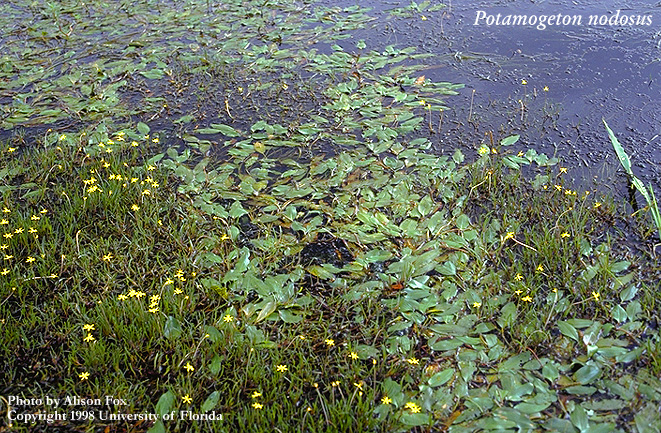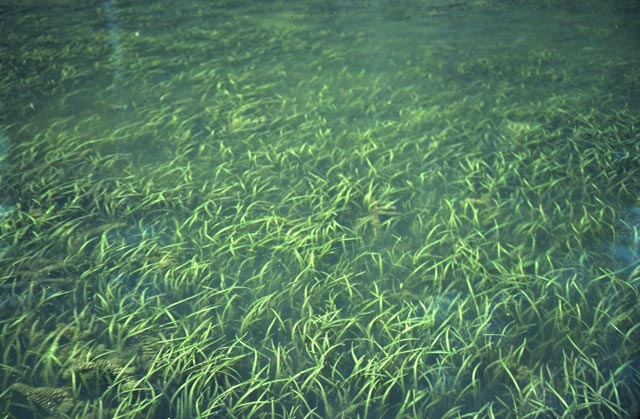Nutrition
Diving ducks generally eat underwater prey, they do this by using their strong feet to push them through the water. Many pochards such as the redhead, eat mainly vegetation, invertebrates, and fish. Many diving ducks are very adaptive in their food sources. When the zebra muscles were introduced into the Great Lakes, many diving ducks started preying on them (Reiger 2003). The diet of the redhead really depends on its location.
Overall redheads were found to eat wild rice, wild celery, pondweeds, wigeon grass, seed of bulrushes, and parts of muskgrass. While wintering it was found that they eat a majority of wigeon grass and shoalgrass. They also eat small gastropods and pelecypod mollusks. If the duck is living in the Chesapeake Bay area it is likely that they will be eating leaves, stems, rootstalks, and seeds of underwater plants. If the duck is found in a freshwater estuary, it is likely that they will have eaten pond weed and naiad. If found in brackish estuaries eelgrass and clasping-leaf pondweed were often consumed. Saltwater estuaries contained wigeon grass, sorghum, and bait corn as staples for the redheads diet (Johnsgard 1975).
During breeding season, the redheads are very competitive for food. This is because the ducks generally wait until they reach their breeding grounds (pothole region in northern prairies) to meet their dietary needs. The potholes are also constantly changing in salinity and depth which alters which foods are available during breeding (Ehrlich 1988).


